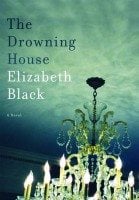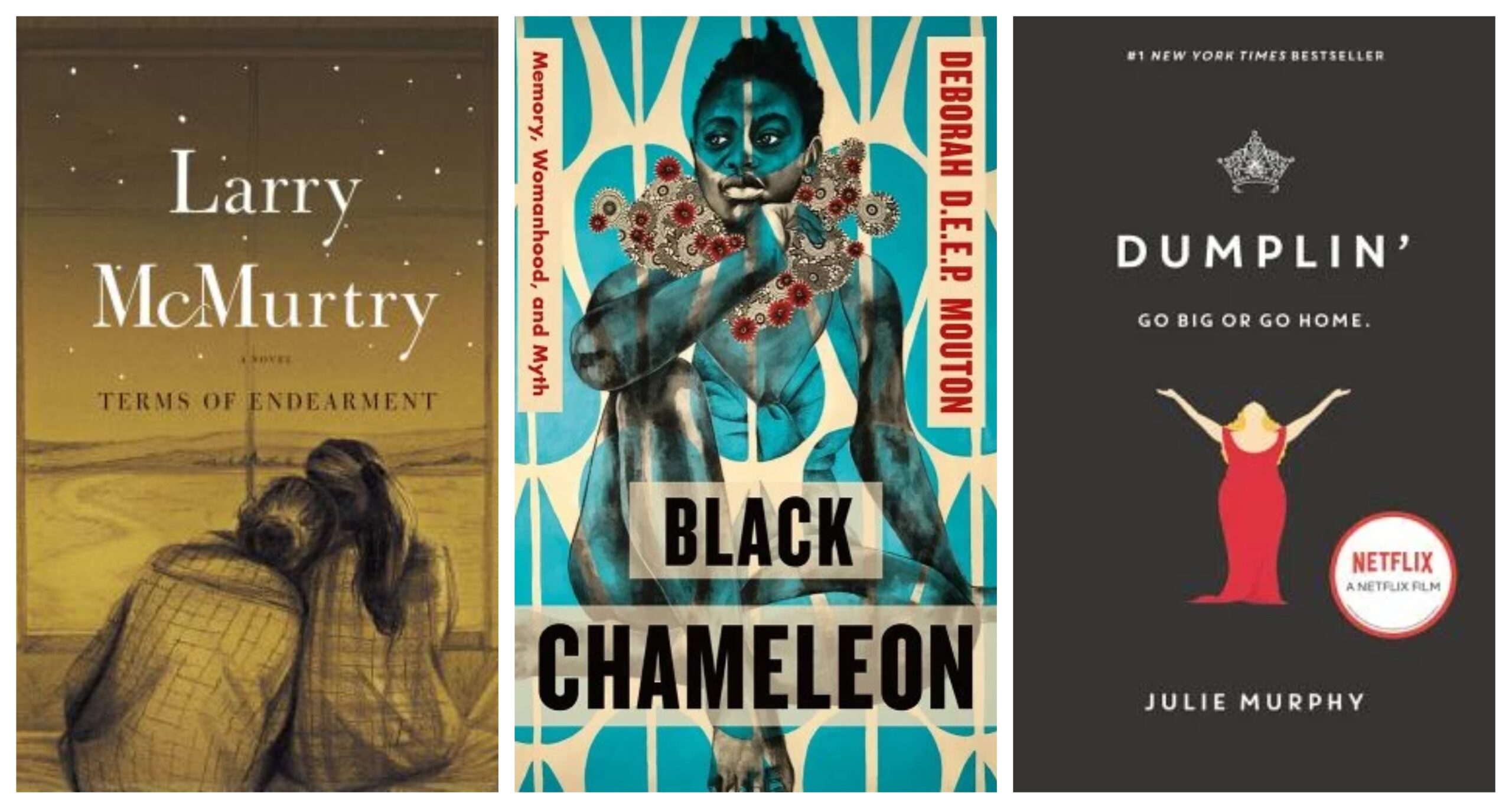Elizabeth Black’s “The Drowning House”

 Observer books editor David Duhr recently reviewed Houston author Elizabeth Black’s debut The Drowning House for the magazine, and found that the Galveston-set novel, despite flashes of insight and descriptive prowess, suffers from its main character’s “histrionics,” its author’s “awkward” first-person narration, and a color-blind (not in a good way) depiction of life on the island.
Observer books editor David Duhr recently reviewed Houston author Elizabeth Black’s debut The Drowning House for the magazine, and found that the Galveston-set novel, despite flashes of insight and descriptive prowess, suffers from its main character’s “histrionics,” its author’s “awkward” first-person narration, and a color-blind (not in a good way) depiction of life on the island.
The novel, Duhr writes,
…offers the ravages of water, fire and wind, and a portrait of Galveston struggling to disentangle itself from a romanticized past.
But the book falls flat. Black heaps far more gravitas on her characters than they can support; the mysteries fizzle undramatically; and narrator Clare is despicable, an overgrown child—which would be fine, if Black would allow us to freely dislike her. But a growing trend in fiction commands writers to craft characters who are likeable and sympathetic. It’s terrible advice—many of literature’s most memorable characters are neither—but Black gives in. Yes, Clare may be a ragingly selfish malcontent. But! Her child died! And though that child is nothing more than an obvious plot device, how can you dislike a grieving mother?
Read Duhr’s entire review here.
Meanwhile, Joy Tipping at The Dallas Morning News found the book “thrillingly evocative and witty,” even if Black does try to “stuff too much into one book […] leaving a lot of strings either tangled or untied too late.”
Farther north, the Minneapolis Star Tribune‘s Meganne Fabrega notes:
Black, a poet, takes great care to construct each paragraph to reflect the complicated physical and emotional landscape of Clare’s hometown. Unfortunately, her writing style often overshadows the plot, sending the reader to and fro between characters and side stories that never satisfactorily come to fruition.
Have you read The Drowning House? Pitch your two cents into the comments.


